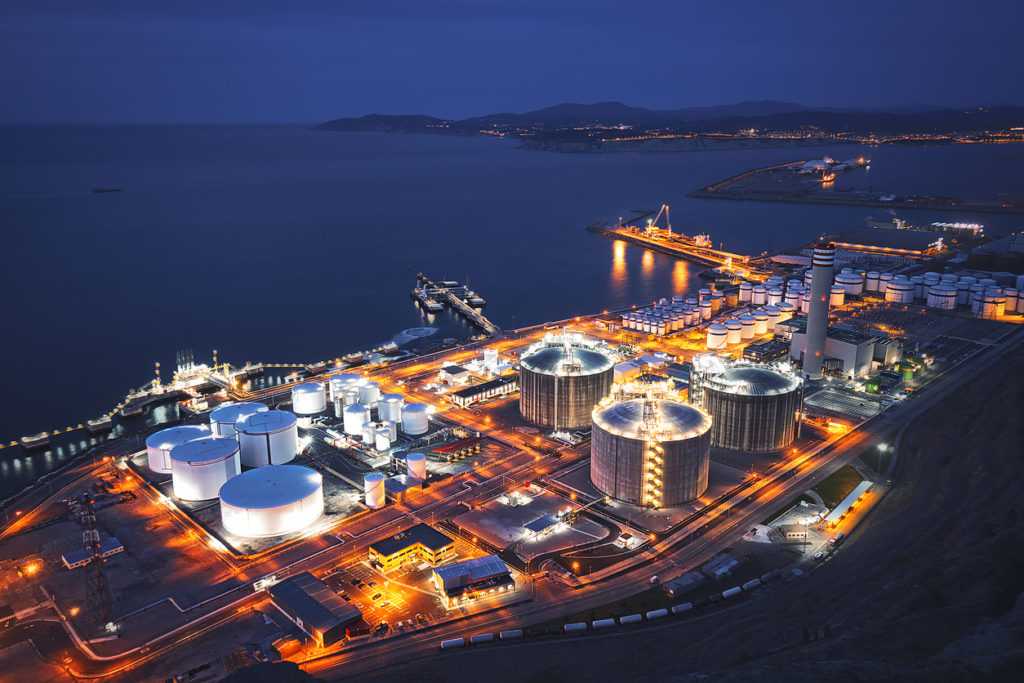
As anyone with experience working on the water can tell you, maritime injuries can take many forms and have many causes.
While many of these causes are brought about by the tough conditions that maritime work takes place in, such as freezing icy waters or temperamental seas, many injuries can be traced back to an unsafe work environment.
Onboard safety hazards, lack of training, or poorly maintained installations can all contribute to the risk of workers being injured on the water. One of the leading safety hazards that doesn’t get as much discussion is a sadly common one – lack of proper lighting.
A lack of proper safety lighting and room lighting can contribute to, or in many cases intensify, the dangers and risks already inherent in maritime work.
Causes of Improper Lighting in Maritime Work
“Improper lighting”, when it comes to maritime work, can take many forms, including:
- Dimmed or turned-off lights when workers are still in an area
- Burnt-out lightbulbs that don’t get replaced
- Lack of properly-sized lighting for larger areas (dock warehouses, below-deck storage areas, etc)
- Improper lighting in outdoor areas
- Failure to repair damaged lamps or fixtures
- Unlit barges or tugboats
- Nautical sleeping quarters without adequate and proper lightning
- Failure to provide personal lighting equipment, such as headlights and other helmet lights, or running lights along the decks of a vessel
among others. Each of these lighting failures can quickly add up to create numerous working hazards for crew members and guests alike, no matter what type of vessel it is or why people are onboard it.
Maritime Injuries from Poor Lighting Conditions
These inadequate lighting conditions can lead to a number of different injuries, each of them increasingly dangerous to your health, livelihood, or life, including:
- Maritime slip and fall accidents, leading to broken or fractured bones
- Crushing injuries from usage of a crane with reduced visibility, causing a load to be dropped in the incorrect area
- Difficulty accessing needed safety equipment due to poor visibility
- Collisions between workers or vehicles, such as forklifts, while loading or unloading cargo
- Improper repairs done to needed onboard equipment due to lack of visibility, causing further hazards such as leaky pipes or broken handholds
Any of these injuries could contribute to a loss of income or other drastic changes to your quality of life – even death.
Improper Lighting Injuries Under the Jones Act
In many cases, this lack of lighting can be attributed to negligence on behalf of the vessel’s owner. From cargo ships to fishing vessels to commercial cruise lines, boat owners have a responsibility to make sure needed safety precautions are properly installed and maintained on their boat. While “safety precautions” often conjures up images of things like life vests and safety railings, proper lighting and visibility in an area is just as crucial for safety as anything else.
If you’ve been injured while working on the water due to poor light conditions, contact the maritime layers of O’Bryan Law today. We can review the details of your case and help you fight for the justice and compensation you deserve.



